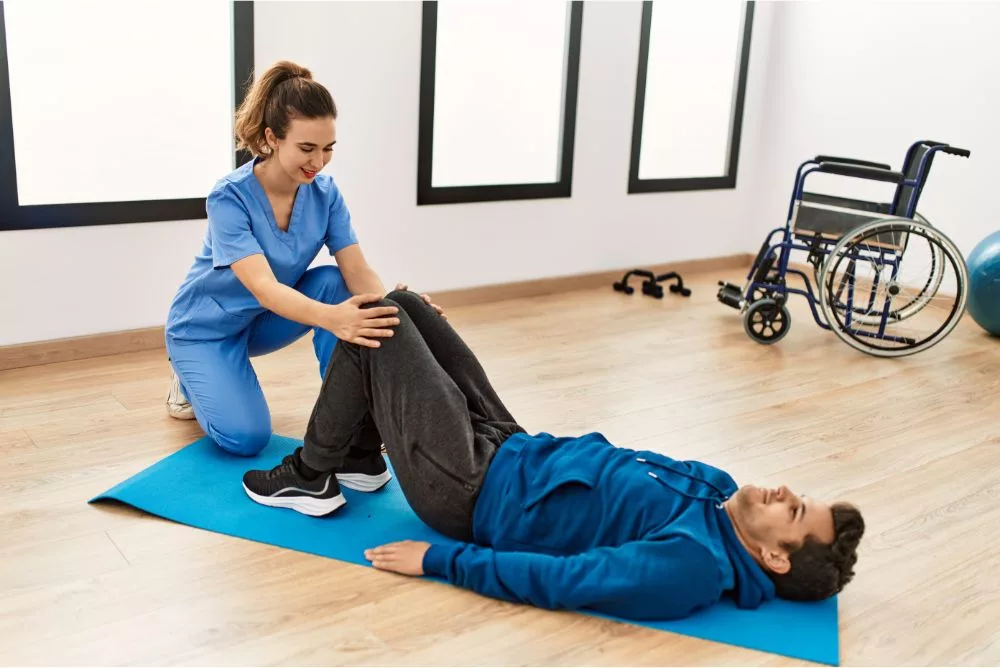
Physiotherapy for Paralysis
If paralysis has clouded your dreams, physiotherapy is your silver lining.
What is paralysis?
Paralysis is a condition where there is loss of muscle use in any particular part of the body. As a result, the patient is not able to move the affected body part properly. People suffering from paralysis also tend to lose all kind of sensations in the affected areas of the body. They may not notice a pin, or a hot object pressed against the paralyzed limb.
What causes paralysis?
Paralysis is a disruption caused due to the inability of receiving signals from your brain to your affected body parts. Brain damage like cerebral palsy, a brain injury or a stroke can cause paralysis. Spinal cord damage like Spinal Bifida, Transverse Myelitis, broken back or neck can also cause paralysis.
Paralysis treatment
Although there is no cure for paralysis at the moment, daily physiotherapy can help restore movement and sensation in that limb to a great extent in cases where the paralysis is caused due to factors like stroke or a transient ischemic attack. Very often, treating the underlying cause of paralysis through physiotherapy can restore mobility in the affected body part.
The treatment of physiotherapy is slow and laborious, but it can help regain movement in the paralysed limb. Physiotherapy is a combination of art and science involving massage, therapeutic physical activities, scientific procedures and education. Here are some treatment techniques and approaches used by expert physiotherapists:
- Manual Therapy: It forms the base of the physiotherapy approach. Manual therapy treatments consists of soft or deep tissue massage, gentle joint mobilisation or manipulation, localised tendon or ligament work, strapping and joint or muscle stretches.
- Exercises: Exercises are used to rehabilitate and strengthen bones, joints, tendons, ligaments and muscles following an injury or to correct muscle imbalances to optimise biomechanics. The exercises patients are taught are specific to their needs and are reviewed and progressed regularly as your body responds to the therapy with improving strength and flexibility.Exercises have to be repeated regularly, for a set number of weeks.
- Education: It is one of the greatest tools of rehabilitation. Education enables you to quickly understand and manage your injury to achieve absolute recovery and it also aids in preventing the recurrence of injury.
- Acupuncture: Acupuncture is a powerful modality used to modulate pain and accelerate and enhance the body’s natural healing process. It is used in a safe and gentle manner for muscle and or joint pain or problems. Acupuncture is routinely performed along with other therapeutic modalities and techniques.
Physiotherapy slowdowns the progress of paralysis and can help to improve blood circulation and relax muscles. We understand that suffering from pain and injury makes it difficult to get to a rehabilitation facility for treatment; hence we will bring our professional team of rehabilitative therapists to you. InHome’s professional team of rehabilitation therapists can help you or your family member with their mobility and relieve pain no matter what level of assistance is required.





